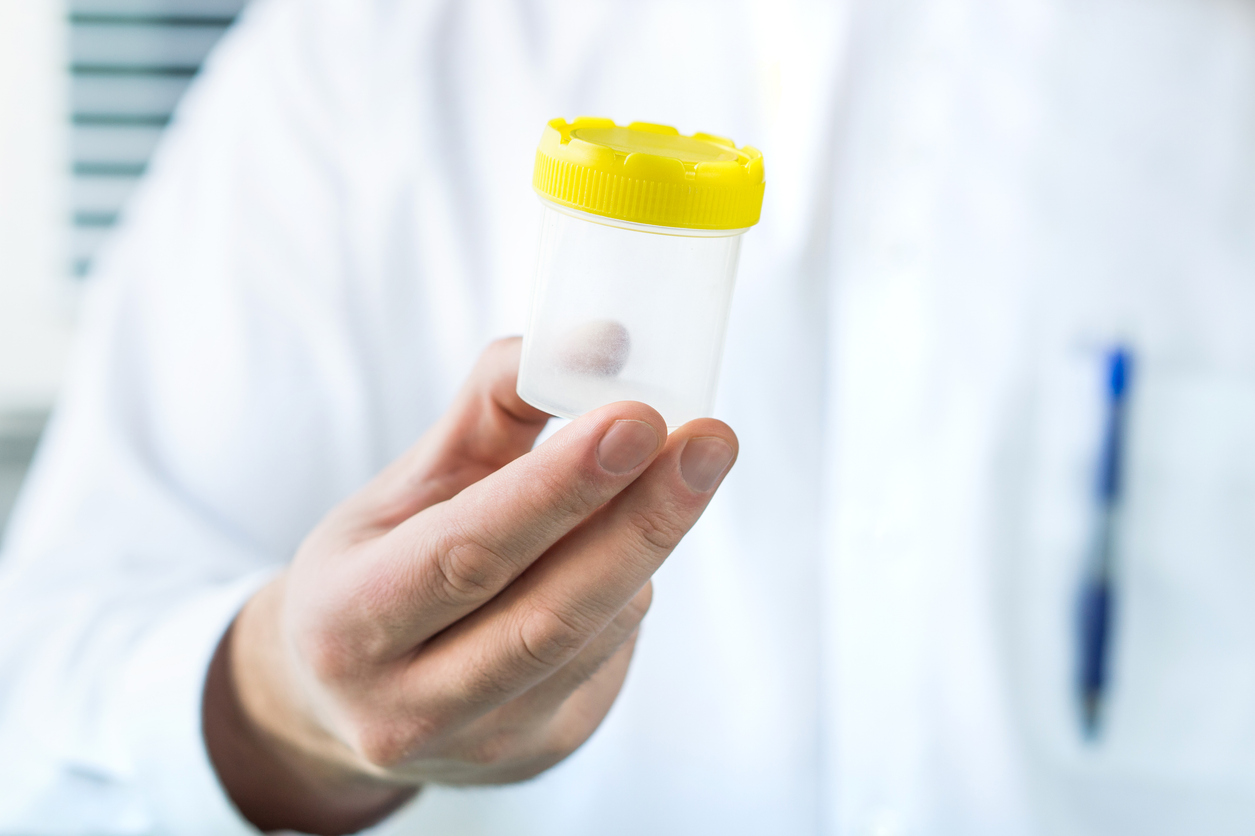When you’re on a mission to grow your family, understanding the differences between Intracervical Insemination (ICI) and Intrauterine Insemination (IUI) is a game-changer. Whether you’re working with a partner’s sperm or using donor sperm, knowing your options can help you choose the best route forward.
Below, we’ll walk you through the basics of ICI vs. IUI, share tips for timing your insemination, and answer some top questions about success rates, sperm types, and home insemination.

Home insemination (ICI)
Intracervical Insemination (ICI) is a well-loved option for those who want a lower-intervention approach. It’s sometimes called the “Turkey Baster Method,” but today there are specialized kits that make the process more comfortable and potentially more effective.
With ICI, sperm (fresh or frozen) is placed directly into the vagina, close to the cervix, using a syringe or special device. Fresh sperm should ideally be used within an hour of ejaculation, while ICI-ready frozen sperm can be thawed and used per the sperm bank’s instructions.
Mosie Baby offers a syringe designed for home insemination, which features a barrel-free tip and an opening that mirrors your cervix. You can use it with either fresh or frozen sperm. If you’re interested in trying The Mosie Kit, use code RESCRIPTED10 for 10% off your purchase.
Intrauterine insemination (IUI)
IUI is a step up in terms of medical involvement. It’s usually performed by a midwife or a doctor, often at a clinic, though some providers make house calls.
What happens during IUI? Well, a flexible catheter is used to place “washed” sperm directly into the uterus. This procedure is quick, with minimal discomfort, though you may experience mild cramping or light spotting afterward.
IUI can be especially helpful if there are known sperm issues or if you’re using IUI-ready frozen sperm from a bank. Many people turn to IUI after they’ve tried other methods for several cycles without success.

ICI vs. IUI success rates
Wondering if one method outperforms the other? It largely depends on personal factors like sperm quality, cervical health, and timing. That said:
ICI success rates range between 10-15% per cycle, and can be promising when fresh sperm or high-quality frozen sperm is used and the timing is spot-on. Many people find success within a handful of cycles, especially if they track ovulation carefully.
IUI success rates are often slightly higher on average, around 15-20% per cycle, because sperm is placed closer to the egg (in the uterus). But the procedure also involves more clinical oversight and typically higher costs.
Remember, every body and fertility journey is unique. What works for one person might look different for another.
Can I use IUI sperm for ICI?
Yes, you can generally use IUI-labeled sperm for ICI — but there are a few things to think about.
Sperm banks often label vials as “IUI-ready,” meaning they’ve been processed (“washed”) to remove seminal fluid and concentrate the sperm. This doesn’t necessarily harm the sperm if you choose to use it for ICI.
IUI-ready sperm may cost more because of the extra processing. If you’re planning ICI, it’s often more budget-friendly to use ICI-designated vials. But if you already have IUI vials on hand, you can still use them for an at-home ICI procedure.
Is ICI or IUI better for home insemination?
If doing things in the comfort of your own home is a priority, ICI may be the go-to choice. It’s straightforward, private, and relatively low-cost. You just need the supplies, a comfortable space, and the right timing.
But if you’d prefer to do IUI at home, you can — it is possible, but typically requires a medical professional to perform it, since the sperm is placed directly into the uterus. Not all providers offer this service in a home setting, so your options might be limited.
Ultimately, the “better” method comes down to your preference, medical history, and access to professional support. Some people feel most comfortable starting with ICI at home and then moving on to IUI if they need extra help.

Comparing costs and insurance coverage
Costs for ICI and IUI can vary widely. Home-based ICI might involve only the expense of a specialized insemination kit and the purchase or handling of sperm (fresh or frozen). By contrast, clinical IUI fees often include sperm-washing, a professional procedure, and possible medication or ultrasound costs. If you buy sperm from a bank, you’ll also need to consider vial, shipping, and storage fees.
Insurance coverage depends heavily on where you live and your specific plan. Some providers partially or fully cover IUI if infertility criteria are met, while others offer no coverage at all. You may need to call your insurance company or look into financing programs designed for fertility treatments if you’re paying out of pocket. Researching these details early can prevent financial surprises down the line.
Potential risks or drawbacks of IUI and ICI
ICI and IUI are generally safe, but mild cramping, light spotting, or emotional stress can occur. Anytime instruments enter the vagina or uterus, there’s a small risk of infection, so proper hygiene and sterile techniques are crucial — particularly for home inseminations.
Keep an eye out for any concerning symptoms such as severe pain, unusual discharge, or fever, and consult a professional if something feels off. Each body responds differently, so staying informed and communicating openly with healthcare providers can help address potential problems early.

Deciding between ICI and IUI
If you’re weighing ICI vs. IUI, remember that it’s not just about success rates — it’s also about personal comfort, budget, and what feels right for your family-building journey. Whether you start with ICI at home or head straight for an IUI in a clinic, knowledge is your best ally. Stay curious, keep tracking that cycle, and don’t hesitate to seek professional advice if you have any concerns or if you’d like to explore a medicated cycle to boost your chances.
Parenthood is a path with plenty of twists, turns, and surprises. Wherever you land — ICI, IUI, or beyond — know you’re not alone. We’re cheering you on every step of the way.
Tassia O'Callaghan is an experienced content writer and strategist, having written about a vast range of topics from chemical regulations to parenting, for brands like Peanut App Ltd, Scary Mommy, Tally Workspace, and Office Christmas. She's an advocate for realistic sustainable living, supporting small businesses (author of A-Z of Marketing for Small Businesses), and equity across all walks of life. Follow her on LinkedIn or TikTok, or see more of her work on Authory or her website.


.jpg)



.jpeg)
.png)
.jpeg)

.jpeg)
.jpeg)

.webp)










